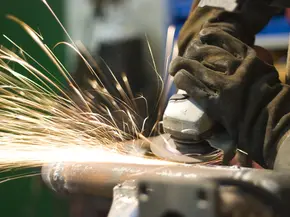Pigeons
About
The Wood Pigeon Columba palumbus is the largest of the pigeons in Ireland with a proportionally long tail and small head. A full breast. Easily identified in flight by large white wing bands traversing the upper wing. White and green patches on the side of the neck. In the breeding season they are conspicuous in upward-soaring display flights which end in wing clapping.
Biology of a pigeon
Feral pigeons originally descended from domesticated rock doves. The population is supported by escaped racing pigeons. Pigeons usually make their nests in bridges, buildings or any structures with easily accessible shelter. Males and females help build nests out of grass, twigs, features and even litter such as plastics and wire. The nests can be quite large and quickly become thick with droppings.
Depending on breeding conditions, pigeons can have up to seven broods (birds produced at one hatching) in their breeding season between March and July. Two eggs hatch in around 18 days. With access to enough food, the young pigeons will become independent adults in just 30 days. More eggs can be hatched before the young have even left the nest, meaning a population can quickly grow. Wild pigeons will live up to four years, relying on human food scraps and spillages, or taking from newly sown farmland.
Behaviour of a pigeon
You’ll often see pigeons in town centres feeding in huge flocks, ranging in size from 50 to 400-plus birds. Pigeons have a social order, so the more dominant birds feed first and get the best breeding sites.
Management and control of pigeons
Pigeons can harbour a large variety of diseases and insects on their bodies, their nests and fouling are also public health concerns. The best way to get rid of pigeons is to remove a food source. Cover bins, clean up spillages and restrict access to food. Proofing with nets, spikes and mesh can stop pigeons perching and roosting in structures. Scaring techniques rarely work with pigeons, visual and audio scaring also tends to be unsuccessful and even in the cases where it works the success can be short-lived. Pigeons adapt very quickly to new things. Flying birds of prey regularly can also be useful but are not suitable for all environments. Lethal control can be an option when a bird has entered a food premises or overcome the proofing measures.
Need information? Contact us!
*Required fields
Contact details
Your legal name is the name that appears on your official documents.





